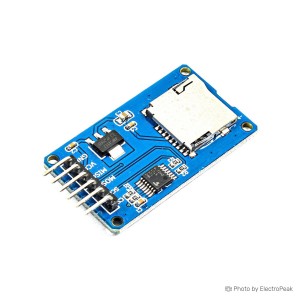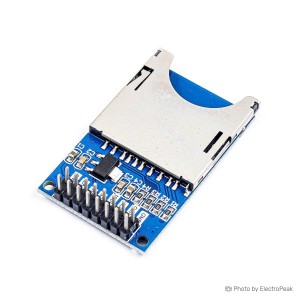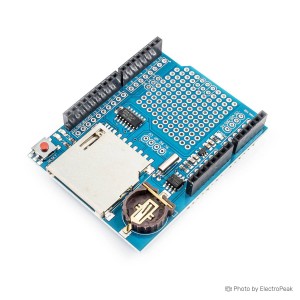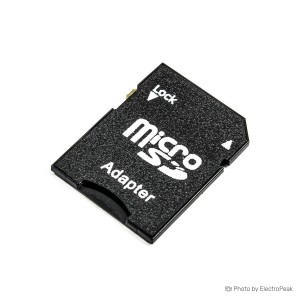Data storage modules operate by interfacing with microcontrollers or host devices through communication protocols such as SPI (Serial Peripheral Interface) or I2C (Inter-Integrated Circuit). When data is sent to the module, it is written to the micro SD card inserted into the module's slot. Conversely, data stored on the micro SD card can be read and retrieved by the module and transferred to the connected device as needed.
Data Storage Modules
What are Data Storage Modules?
Data storage modules are devices designed to store and retrieve digital data. They come in various forms and are commonly used in electronics, embedded systems, and IoT devices to store information such as sensor data, program configurations, and multimedia files.
Price of Data Storage Modules:
The price of data storage modules varies depending on factors such as storage capacity, interface compatibility, and additional features. Basic modules like the Micro SD TF Card Memory Shield Module are affordable, while advanced modules may have a higher price.
Tips for Buying Data Storage Modules:
Consider factors such as storage capacity, data transfer speed, compatibility with your device or microcontroller, and ease of integration when selecting data storage modules. Choose a module that meets your storage requirements and integrates seamlessly with your project.
Popular Models of Data Storage Modules:
- Micro SD TF Card Memory Shield Module: A compact module that allows micro SD or TF card storage, commonly used in projects where space is limited or data portability is essential.
- SD Card Reader/Writer Module: Designed for interfacing with SD cards, this module enables reading from and writing to standard SD cards, suitable for applications requiring larger storage capacities or compatibility with existing SD card devices.
- Arduino Data Logging Recorder Shield: An expansion shield for Arduino boards that facilitates data logging and storage, commonly used in data acquisition, environmental monitoring, and IoT projects to record sensor data over time.
- USB Flash Drive Module: Allows interfacing with USB flash drives for data storage and retrieval, suitable for projects requiring easy data transfer between devices.
- EEPROM Module: Provides non-volatile storage using Electrically Erasable Programmable Read-Only Memory (EEPROM), commonly used for storing small amounts of configuration data or program settings.
How do Data Storage Modules work?
What types of micro SD cards are compatible with Data Storage Modules?
Data storage modules typically support standard micro SD cards and micro SDHC (High Capacity) cards, offering storage capacities ranging from a few megabytes to several gigabytes. It's essential to check the module's specifications to ensure compatibility with the desired micro SD card capacity and speed class.
How do I interface with Data Storage Modules in my projects?
To use data storage modules in projects, you need to connect them to microcontrollers or development boards using compatible communication interfaces such as SPI or I2C. After initializing communication and configuring settings, you can perform operations such as reading from or writing to the micro SD card using appropriate commands or libraries provided by the module's manufacturer.
Can Data Storage Modules be used in battery-powered applications?
Yes, data storage modules are suitable for battery-powered applications, as they typically consume low power during standby and data transfer operations. However, it's essential to consider power consumption and choose efficient power management strategies to prolong battery life in such applications.
How do I format a micro SD card for use with Data Storage Modules?
Micro SD cards used with data storage modules should be formatted using the FAT (File Allocation Table) or FAT32 file system for compatibility with most microcontrollers and operating systems. Formatting can be performed using a computer or a dedicated formatting tool, ensuring proper file system initialization before inserting the card into the module.



